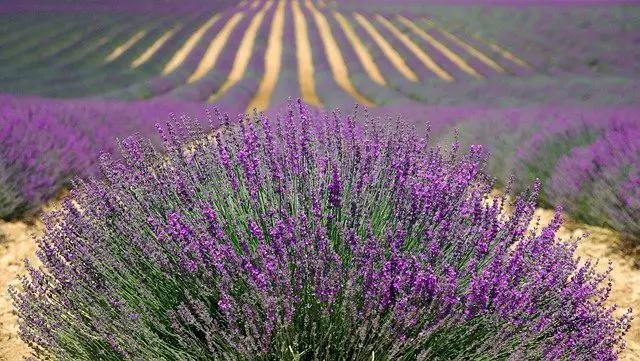Are you concerned on why is my lavender turning brown? If so, you’re probably undoubtedly concerned about how the green color of your lavender plants has progressively faded to yellow or even brown. But what is the reason for this color shift, and can it be remedied?
Unfortunately, the browning of lavender flowers can and will occur naturally when the plant’s blossoms mature into seed heads or as a result of fungus infection, frost damage, or both.
Overwatering and poor drainage can also cause your lavender plants to turn brown. Fortunately, if you catch the color change early you can still save your plants.
Continue reading to learn more about why lavender plants turn brown, including how to prevent your lavender plants from turning brown, what to do if your lavender has already turned brown, and more.
Other similar posts:
Why Is My Lavender Turning Brown?
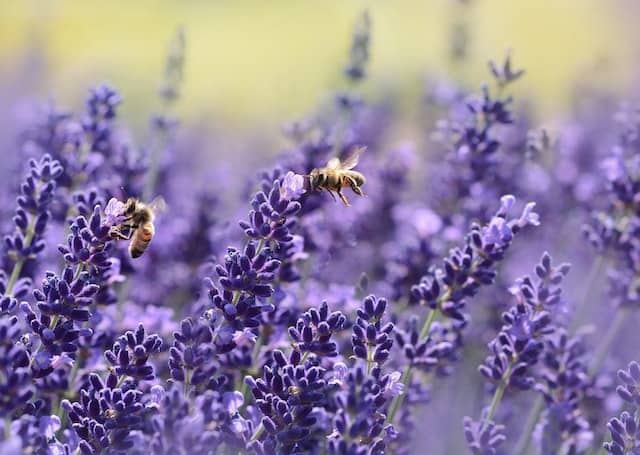
Unfortunately, a number of things can make your lavender plants turn brown. In general, excessive watering that causes root rot is the main culprit. Your lavender plants’ browning or discoloration may also develop due to natural aging, frost damage, and other circumstances.
Take note, however, that if your lavender plants are turning brown, they could also have a fungal infestation. Insufficient watering may also result in root rot.
Your lavender plants’ browning or discoloration may also develop due to natural ageing, frost damage, and other circumstances.
What Are the Top 4 Most Common Reasons Why Lavender Plants Turn Brown?
1. Natural Maturation
After a month, or when they reach maturation, it’s important to take note that lavender flowers will often naturally stop flowering and become brown. When this occurs, there is no cause for concern.
Take note, however, that in order to encourage additional flower production, you should practice deadheading and removing blossoms from your plants.
2. Frost Damage
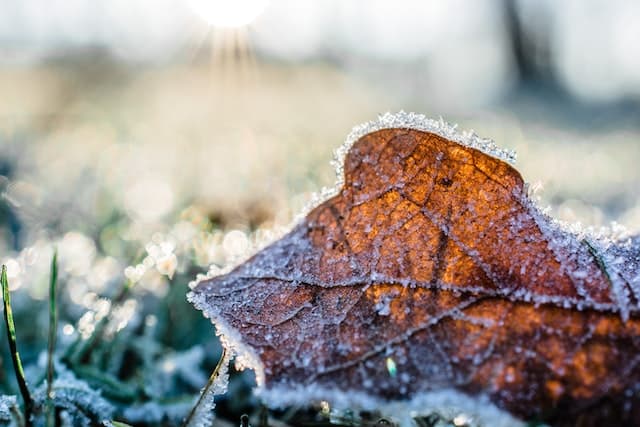
Lavender’s developing blooms are frequently more delicate than its leaves, which makes them susceptible to frost damage. This means that, unfortunately, a late frost can also cause your lavender plants to brown.
This is especially true in the case of early blooming types of lavender, which are often more susceptible to cold and bloom earlier in the season than the English and intermedia kinds. Examples of these include French and Spanish lavender.
3. Fungal Infection
When it comes to the soil they are cultivated in, lavender is quite picky. Unfortunately, because of this personality feature, lavender is susceptible to developing root rot from moist or saturated soils. This implies that you should select soil for your lavender plants that completely dries out in between watering.
Try to mimic its original soil if you want your lavender to survive, develop rapidly, and flower. You must review the past of your lavender plants to do this.
The majority of lavenders come from nations with warmer climates. For example, the Mediterranean is one such region that is known as a lavender paradise.
4. Overwatering
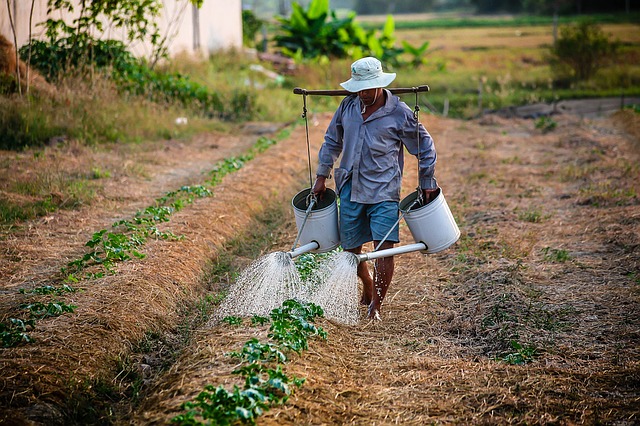
Unfortunately, one of the most common reasons why a lavender plant starts to discolor or even droop is due to overwatering. This means the soil becomes oversaturated when you water your lavender too frequently. As a result, the roots also take in moisture and soften.
These drought-tolerant plants should, therefore, not be kept in soggy or too damp soil for an extended period of time since they are extremely susceptible to root deterioration.
Root rot, or the deterioration of roots as a result of over-irrigation, is the most common concern in regard to overwatering. For example, nutrients and water cannot be adequately transferred to the plant if the roots have been harmed, leaving the plant sick, and discolored.
In order to determine if your lavender plant has developed a fungal infection, like root rot, watch to see if the stems begin to wilt or droop.
How to Prevent Your Lavender Plants From Turning Brown?
1. Providing your Lavender Plants With a Good Draining Soil
Lavender plants are used to growing in extremely well-draining sandy or rocky soil. This is why these plants are most commonly found in the Mediterranean. Take note, however, that the plant will start to deteriorate if the soil is excessively clayey or becomes compacted, enabling water to collect around the roots.
As previously said, these plants cannot tolerate being submerged in water, and as a result, they will start to droop and become brown from root rot.
Overall, in order to avoid any browning or discoloration in your lavender plants, plant your lavender in well-draining soil that has been enhanced with sand or gravel, and water just once every two weeks. Additionally, consider using raised beds and pots that offer lavender-friendly drainage conditions.
If you previously planted the lavender in the incorrect soil, either transplant it to a container with a well-draining potting mix or pull it out, improve the soil, and then plant it again.
What to Do If Your Lavender Plants Have Turned Brown?
1.Transplanting Your Lavender Plant
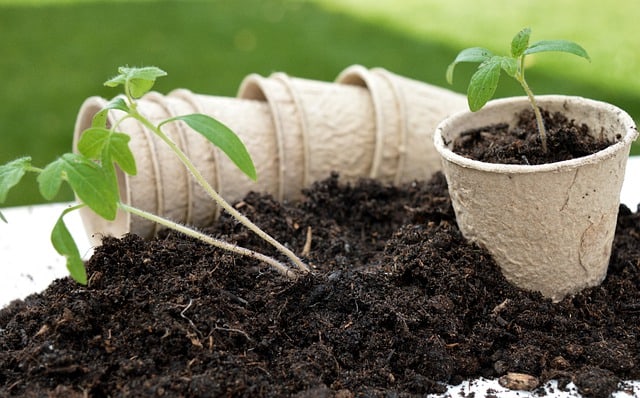
Brown lavender should be transplanted into dry soil with at least a third of sand or gravel and the second third of soil or compost. The lavender should then be allowed to dry out for at least two weeks.
Take note, however, that depending on how severe the damage to your plant is, the lavender may or may not recover when placed in dry soil.
2. Pruning Your Lavender Plant
Lavender can also start to grow leggy, and the stems can turn brown if you don’t periodically clip them. This means that in order to keep your lavender plant looking fresh and healthy, you must remember to prune it. Pruning also fosters new growth in addition to keeping your lavender plant appearing neat and clean.
In order to promote a second cycle of blooming in late summer, you take note that you should also trim your lavender after the initial blooming period in late April.
3. Providing Your Lavender Plant With Excess Light
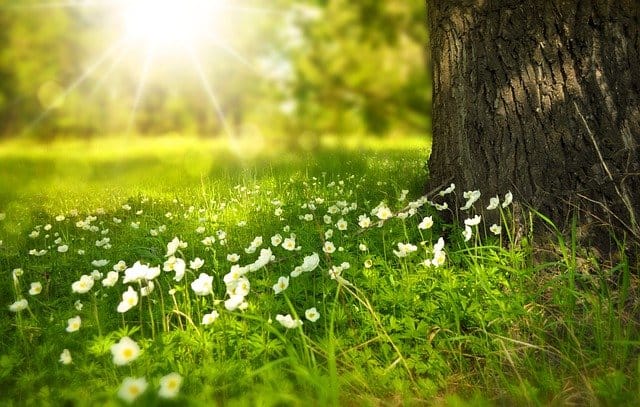
Lavender plants, like their Mediterranean ancestors, enjoy a full day of blazing summer heat. Therefore, in order for them to appear at their best, they require a minimum of six hours of sunshine each day. If you start to notice some issues with your lavender plants colouring take note of where your plant is placed.
For example, if you find that your lavender plant is located in a more shady location, or if it becomes shadowed by surrounding plants or by a shift in the sun’s position with the seasons, this could also be the reason for the plant’s browning.
Therefore, in order to prevent your plant from continuing to deteriorate, try placing it in a location where it receives adequate sunlight throughout the duration of the day.
This remedy may also help any plants that have been overwatered since the humidity from the sun can help heat up and absorb the excess water before it settles in and begins to cause fungal problems for your plant.
Final Thoughts
Several factors can, unfortunately, cause lavender plants to turn brown. Overall, the most frequent cause is excessive watering, which results in root rot. The browning of leaves, stems, and even blossoms is the condition’s most blatant sign.
However, take note that your lavender plants can also turn brown if they are affected by a fungal infection. For example, root rot can also occur as a result of inadequate irrigation.
Natural maturation, frost damage, and other factors can also contribute to the development of the discoloration or browning of your lavender plants.

Hey, I’m Lisa and I’ve been an avid gardener for over 30 years. I love writing, talking and living in the garden! Feel free to connect with me on my socials below

